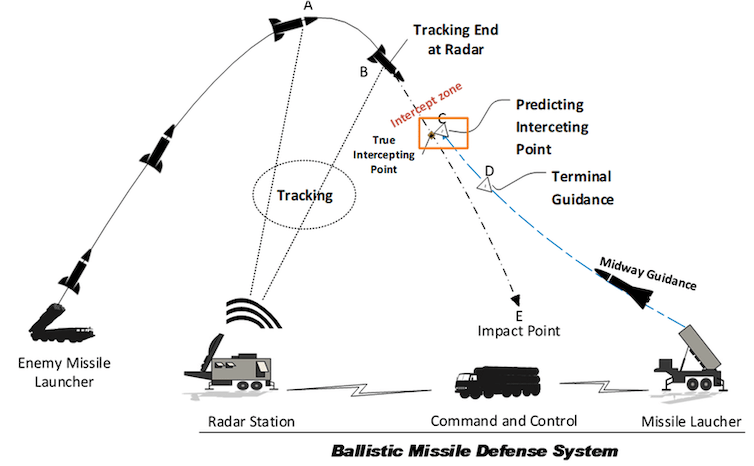Because of its unique national security challenges, Israel has a long history of developing highly effective, state-of-the-art defense technologies and capabilities. A prime example of Israeli military strength is the Iron Dome air defense system, which has been widely touted as the world’s best defense against missiles and rockets.
However, on Oct. 7, 2023, Israel was caught off guard by a very large-scale missile attack by the Gaza-based Palestinian militant group Hamas. The group fired several thousand missiles at a number of targets across Israel, according to reports. While exact details are not available, it is clear that a significant number of the Hamas missiles penetrated the Israeli defenses, inflicting extensive damage and casualties.
I am an aerospace engineer who studies space and defense systems. There is a simple reason the Israeli defense strategy was not fully effective against the Hamas attack. To understand why, you first need to understand the basics of air defense systems.
Air defense: detect, decide, disable
An air defense system consists of three key components. First, there are radars to detect, identify and track incoming missiles. The range of these radars varies. Iron Dome’s radar is effective over distances of 2.5 to 43.5 miles (4 to 70 km), according to its manufacturer Raytheon. Once an object has been detected by the radar, it must be assessed to determine whether it is a threat. Information such as direction and speed are used to make this determination.
If an object is confirmed as a threat, Iron Dome operators continue to track the object by radar. Missile speeds vary considerably, but assuming a representative speed of 3,280 feet per second (1 km/s), the defense system has at most one minute to respond to an attack.

The fundamental elements of a missile defense system.
Nguyen, Dang-An et al., CC BY-NC
The second major element of an air defense system is the battle control center. This component determines the appropriate way to engage a confirmed threat. It uses the continually updating radar information to determine the optimal response in terms of from where to fire interceptor missiles and how many to launch against an incoming missile.
The third major component is the interceptor missile itself. For Iron Dome, it is a supersonic missile with heat-seeking sensors. These sensors provide in-flight updates to the interceptor, allowing it to steer toward and close in on the threat. The interceptor uses a proximity fuse activated by a small radar to explode close to the incoming missile so that it does not have to hit it directly to disable it.
Limits of missile defenses
Israel has at least 10 Iron Dome batteries in operation, each containing 60 to 80 interceptor missiles. Each of those missiles costs about US$60,000. In previous attacks involving smaller numbers of missiles and rockets, Iron Dome was 90% effective against a range of threats.
So, why…



